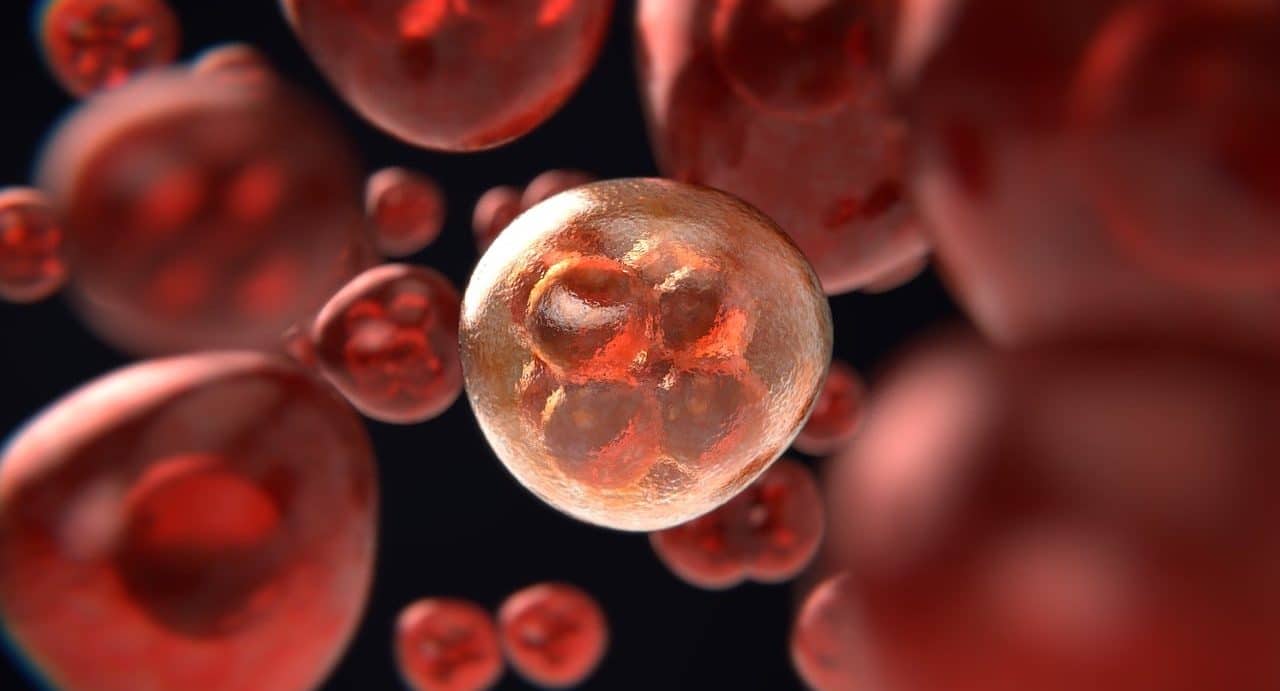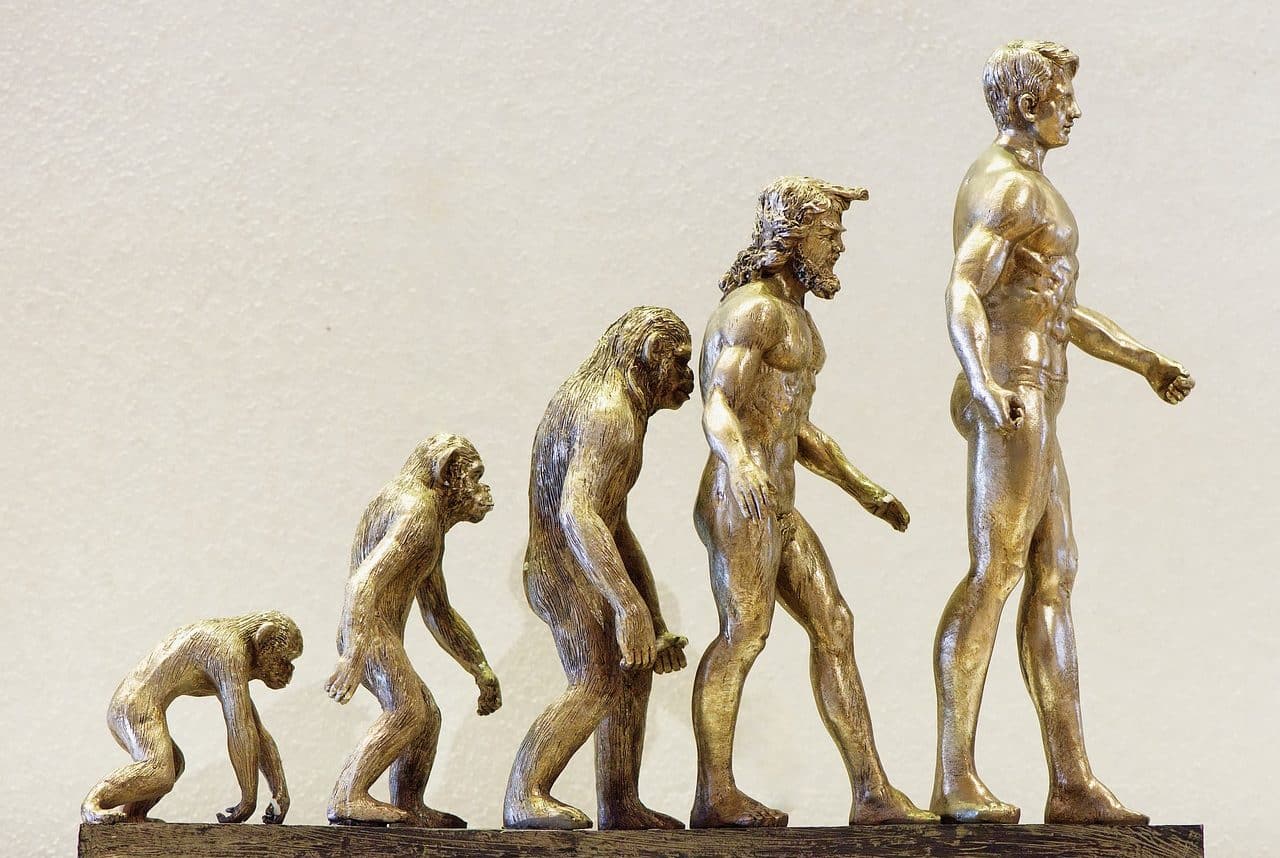
Meiosis is studied by genetics.
Meiosis is a form of cell reproduction. In Greek is where we can establish that the etymological origin of the term is found. Specifically, it emanates from the word meiosis , which can be translated as "decrease" and which is the result of the sum of two lexical components of that language:
- The comparative meion , meaning "less."
- The action suffix -sis .
Discovery of meiosis
It is important to know that meiosis was discovered by the German biologist Oscar Hertwig (1849-1922), who came across it in 1876 while he was studying the eggs of a sea urchin.
After its discovery, and over the years, there were other scientists who delved deeper into this form of reproduction, making new discoveries or leaving clear relevant nuances around it. This would be the case, for example, of the Belgian-born biologist Édouard van Beneden (1846-1910), who studied the ascaris parasite, and the American geneticist Thomas Hunt Morgan (1866-1945), winner of the Nobel Prize in Physiology and Medicine in 1933. This specialist focused his studies and research on meiosis on the fruit fly.

Alterations in meiosis can cause Down syndrome and genetic diseases.
Process development
Meiosis implies that two cell divisions occur as part of sexual reproduction . In this way, four cells are obtained with the number of chromosomes limited by half.
Specifically, meiosis allows a diploid cell (which has two sets of chromosomes) to divide twice consecutively, generating four haploid cells (with half the number of chromosomes each). This reproduction process makes it possible to create sperm and oocytes .
The first cell division is known as meiosis I , while the second is called meiosis II . In both, four phases can be distinguished: prophase , metaphase , anaphase and telophase .
It is important to know that prophase , in either case, is the most complex phase of all those that shape meiosis. We must also not forget that, if a correct separation of the so-called chromatids does not occur during anaphase , this can lead to problems such as trisomy .

Meiosis is key in evolution.
Meiosis in sexually reproducing organisms
In those organisms that reproduce sexually, the fusion of haploid cells takes place to form the diploid zygote. Therefore, meiosis is an instance prior to the development of gametes (sex cells).
It is important to note that these gametes are the only haploid cells in these species. Meiosis of certain cells gives rise to their appearance through the procedure called gametogenesis .
Meiosis, in short, causes a reduction by half of the number of chromosomes: haploid cells (23 chromosomes) are obtained from diploid cells (which, in humans , have 46 chromosomes). This is how the number of chromosomes of the species is preserved at fertilization.
What must be taken into account, in summary, is that gametes come from germ cells ( diploid ). Meiosis makes it possible for these gametes to be haploid ; In the rest of the cells (somatic cells), division is done through mitosis to create diploid cells.
In this way, the germ cell first duplicates its DNA (deoxyribonucleic acid) and then divides into two cells thanks to meiosis. These daughter cells have a single copy of each chromosome and divide again to give rise to four gametes . Therefore, meiosis involves two divisions in a row without DNA replication .
While in stage I there is a separation of the homologous chromosomes, in stage II the separation of the sister chromatids from the chromosomes takes place. With fertilization, the female gamete fuses with the male gamete, forming a zygote with a diploid number of chromosomes.
cell division
Cell division is the process that leads a cell to fragment to form daughter cells. This is what makes the growth of living beings possible.
It should be noted that cell division is part of what is known as the cell cycle . Successive stages include genome duplication and excision of the duplicated chromosomes into daughter cells.
The mode of cell division varies depending on the type of cell. In prokaryotic cells, division occurs through budding or binary fission. In eukaryotic cells, however, the process is more complex.
In eukaryotes, the so-called M phase of the cell cycle encompasses mitosis (when the nucleus divides) and cytokinesis (when the cytoplasm divides). Depending on the number of chromosomes that are reduced, the division can be classified as meiosis or mitosis.
It is interesting to mention that, with aging, cells stop dividing since the telomeres shorten and are no longer able to continue protecting the chromosomes.
